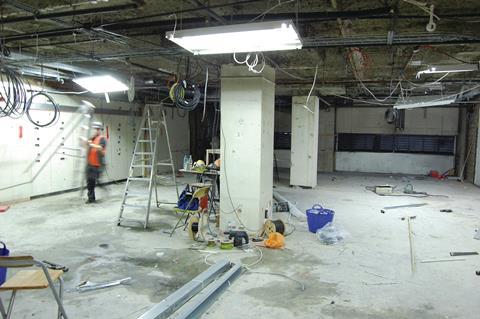Jacqui Allen, partner at property and construction consultancy Tuffin Ferraby Taylor, advises: “Discuss dilapidation with your old and new landlord well in advance, and it’s best to take independent advice.”

Dilapidation can be complex and your liability may be capped or limited by statutory provision or the intentions of the landlord. Allen says: “However, while your relationship with your landlord can be constructive, they will not be looking after your interests.”
Analyse the small print of your lease, and obtain professional interpretations from your solicitor and building surveyor.
Retailers also need to conduct a condition or building survey prior to taking the lease. Your liabilities will often be more than returning the property to the same condition prior to occupation.
Tenants are often required to repair properties. Allen says: “Negotiate financial contributions or rent-free periods to reflect disrepair.”
She adds that retailers should establish the reinstatement obligations of the lease and of any licence to alter for any fit-out that is intended.
If the alteration is an improvement, the occupier should negotiate to have the reinstatement obligation removed from the licence.
She highlights a planned approach to maintenance to keep the property in repair as these costs generally increase over time. For example, it is cheaper to paint a window frame regularly than to pay for the replacement of a rotten one.
Furthermore, why leave repairs until the lease end when the tenant can benefit from occupying a smart and efficient building?

























No comments yet